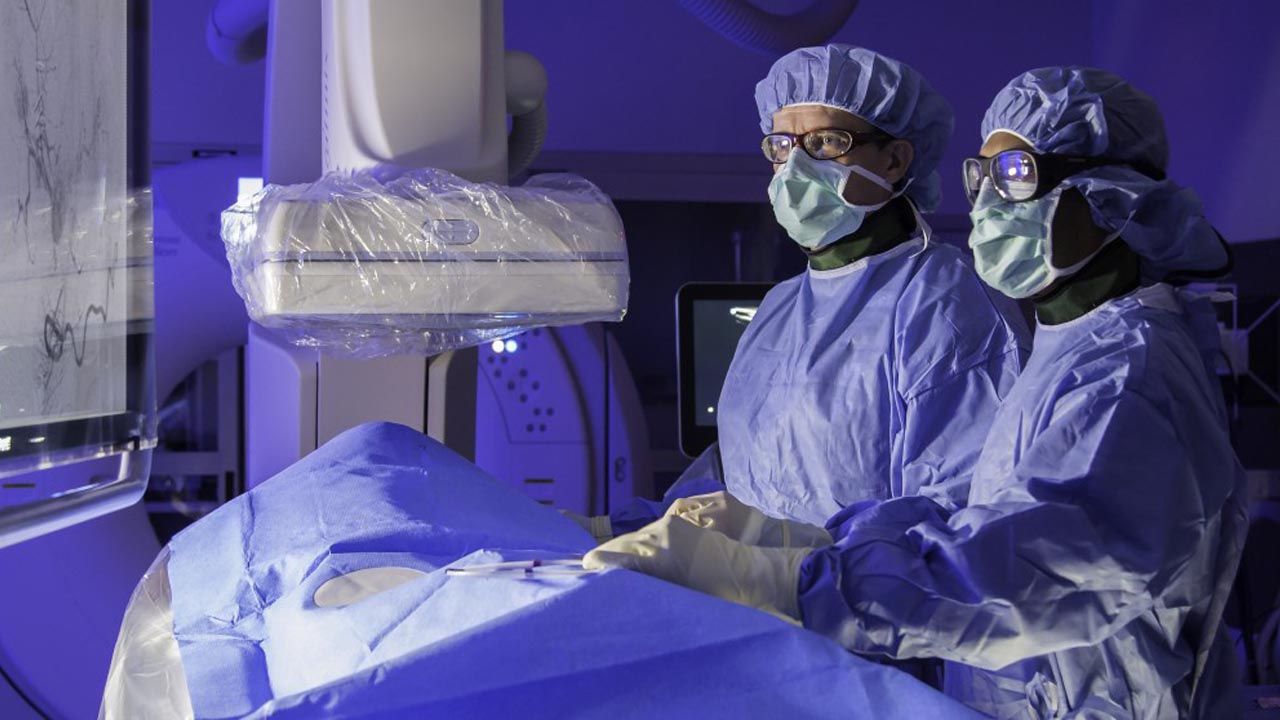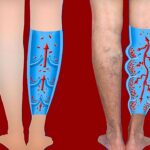Medicine is a vast field comprised of numerous examining instruments, drugs and antibiotics, surgical tools, and invasive and non-invasive technologies. All these equipment are doctors’ tools of work which are accommodated in clinics, hospitals, nursing and rehabilitation centre, and health care industries. There is conventional and advanced knowledge of medicine is invested in diagnosing, investigating, treating, and operating health diseases, genetic abnormalities, physical injuries, and accidental sufferings. One of the popular, modernized weapons of the medical profession is radiology, practised by highly educated radiologists. This is a non-invasive approach that utilizes X-ray imaging for the detection and treatment of diseases. Most of these have their clinical practice in radiology and interventional radiology combined with the science of both ends.
Medicine and radiology
Medicine is a broader term that is a bag pack of different medical disciplines, one of which is radiology. Radiology is an advanced technology that surpasses conventional physical examination and employs imaging tools that can visualize, detect, and treat diseases of the human body.
Radiology is the branch of medicine in which physical testing is done through machines, and the data interpreted is passed onto the physicians to implement the remaining treatment. Diagnostic radiology makes up the use of the following approaches for improving medical science in disease treatment.
- Computed tomography
- Ultrasonography
- Magnetic resonance imaging (MRI)
- Fluoroscopy
- Nuclear magnetic resonance (NMR)
All these techniques have strengthened the idea of disease imaging which generates two-dimensional and 3-dimensional images with the help of computer software. This case is commonly seen in cancer diagnosis in oncology.
Interventional radiologists
Radiology education is necessary as it is primarily involved in disease treatment detection and diagnostic stages. Most abnormalities that are not phenotypically depicted and hidden in the genetic material are exposed with the help of radiological approaches. The masters of this medical discipline are interventional radiologists, capable of operating machines, analyzing computerized data, and organizing reports for follow-up treatments. In addition, another essential duty performed by interventional radiologists is the ability of experts to conduct treatment strategies for diseases.
Interventional radiologists carry out incisions in the body over areas affected by disease via invasive surgical procedures. They apply general anaesthesia to the patient and are well aware of injections, medication, and sedation that are intravenously administrated into the body. It does not require performing major surgery. The incision technique for removing or treating faulty positions in the body can be done quickly via radiology. The same treatment applies to nephron therapy for kidney abnormalities.
Tools employed by interventional radiologists
Certain types of equipment, surgical tools, and physical detecting machines are the arm forces of interventional radiologists. These are
- Catheters
- Puncture needles
- Guide wires
- Syringes
- Sheath systems
Radiological methods for detection and treatment by interventional radiologists. The sensitive ray detection and small incision surgical measures that are performed by radiations by the excellence of interventional radiologists are mentioned below
- Biopsy
- Fine-needle aspiration cytology
- Needle drainage
- Cutaneous catheter aspiration
These procedures by radiologists are rapid, non-invasive, painless and protective of improving the health outcomes of patients. Along with these, radiation-based detection and treatment also minimize the probability of the re-occurrence of the disease.




